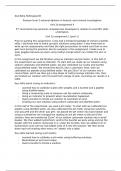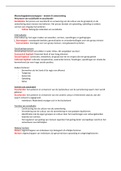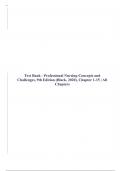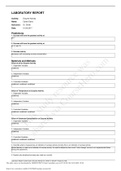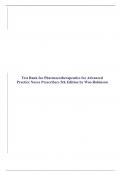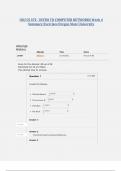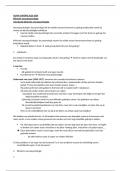Other
Unit 2 Assignment D (Merit)
- Institution
- PEARSON (PEARSON)
This is an in depth assignment discussing the key personal competencies developed in relation to scientific skills undertaken, and analysing skills developed and suggest improvements to own practice.
[Show more]
